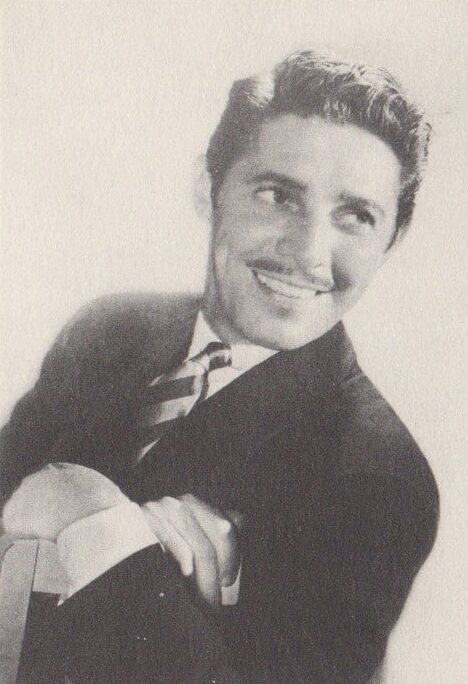
Jean Sablon
Instrument: Singer
Who is Jean Sablon?
Jean Sablon (1906–1994) was a pioneering figure in French jazz, renowned as a versatile singer, composer, songwriter, and actor. Born in Nogent-sur-Marne into a family of musicians, Sablon attended the Lycée Charlemagne in Paris before leaving school and the Conservatory of Paris to embark on a career in singing.
Sablon’s debut in the operetta scene of Paris marked the beginning of his musical journey. He collaborated with renowned artists such as Jean Gabin, Charles Boyer, Falconetti, and Mistinguett, gaining recognition for his exceptional vocal talent. In 1927, he embarked on an international musical venture to Brazil, performing in Rio de Janeiro alongside Georges Milton and Alice Cocéa for the inauguration of the Copacabana Palace.
In 1929, Sablon made his first recording at Columbia Records with Georges Van Parys, and the same year marked his debut in film with “Chacun sa Chance.” Notably, Sablon recorded with acclaimed guitarist Django Reinhardt in 1933, making him the first singer to do so.
From 1934 to 1937, Sablon joined Jean Cocteau for a series of “tour de chant” performances, accompanied by Jean Wiener on piano and Clément Doucet at the Rococo. He experienced remarkable success on BBC radio with his trio, which included Django Reinhardt, André Ekyan, and Alec Siniavine. Sablon’s performances alongside Maurice Chevalier, Damia, Fernandel, Mistinguett, and many others solidified his status as a respected and sought-after artist.
In 1937, Sablon relocated to the United States to sign a contract with NBC. He quickly rose to stardom, becoming a prominent figure in radio and television shows. Despite his international success, Sablon continued to tour the world, periodically returning to France for performances.
Sablon’s repertoire included memorable hits such as “Vous qui passez sans me voir,” which won the Grand Prix du Disque in 1937. Notably, he recorded English-language songs with renowned composers such as Cole Porter and George Gershwin during his time in the United States.
Throughout his extensive career spanning sixty-one years, Sablon toured extensively across Europe, the United States, Canada, and South America. He appeared on Broadway, performed in renowned venues such as the Waldorf Astoria and the Plaza Hotel, and participated in shows in Brazil, Argentina, Uruguay, and Chile.
In 1947, Sablon recorded “Les Feuilles mortes” in New York, offering the earliest version of this timeless classic later known as “Autumn Leaves” in the United States. His musical travels continued throughout Europe, the Americas, and beyond until he eventually transitioned to television performances, embracing the advent of colored TV broadcasts.
Sablon’s fame as a male French singer of his generation reached global proportions. Even as his career drew to a close, he made notable appearances in films and TV shows, showcasing his talents as a singer and pianist. His final performance took place in 1984, singing “April in Paris” in the popular U.S. TV miniseries “Mistral’s Daughter,” which was produced and filmed in France.
Jean Sablon passed away in 1994 in Cannes and was laid to rest in the “Cimetière du Montparnasse” in Paris. His musical legacy lives on through his timeless hits, including “J’attendrai,” “C’est si bon,” “La Vie en rose,” “Les feuilles mortes,” “Sur le Pont d’Avignon,” “Melodie d’Amour,” “Syracuse,” “Je tire ma révérence,” “Vous qui passez sans me voir,” “C’est le printemps,” and “Ce petit chemin.”